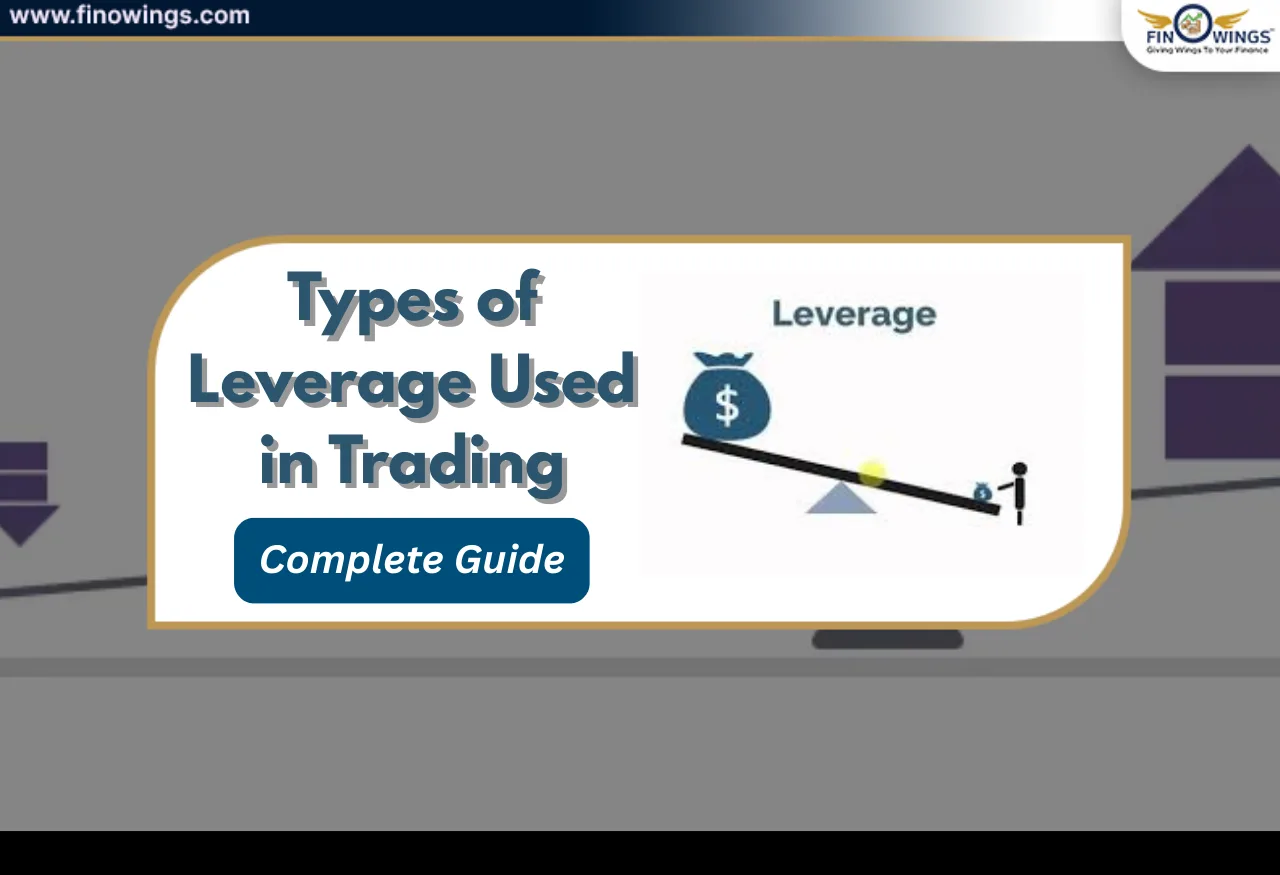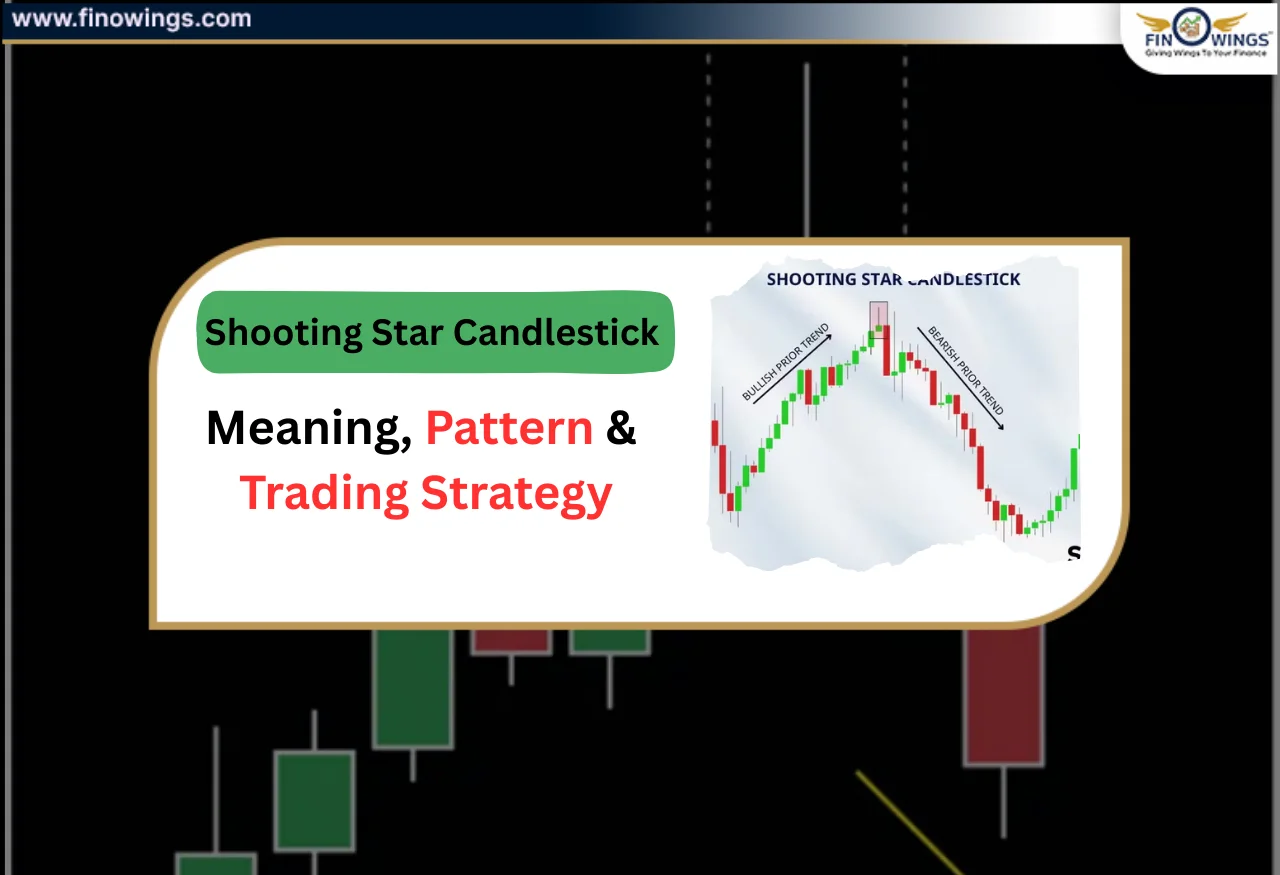Home >> Blog >> Intraday Earnings Made Easy: Oscillator Secrets You Can't Ignore
Intraday Earnings Made Easy: Oscillator Secrets You Can't Ignore

Table of Contents
Within stock market technical analysis, traders and investors utilize various tools and indicators to make informed decisions. Oscillators are essential components of this toolkit, aiding in identifying potential turning points in stock prices. This blog will delve into what oscillators are, their operation, and their significance in technical analysis.
What Is an Oscillator?
An oscillator serves as an indicator that assists traders and analysts in evaluating the momentum and overbought or oversold security conditions. Typically, oscillators are displayed beneath the price chart and fluctuate between predefined levels, often represented by horizontal lines. They generate signals based on the security's price and volume, enabling traders to make well-informed buy or sell decisions.
Calculation of Oscillator
The calculation of an oscillator can vary depending on the specific type of oscillator you are using. There are various oscillators, such as the Relative Strength Index (RSI), Stochastic Oscillator, Moving Average Convergence Divergence (MACD), and many more. Here, we'll briefly explain the calculation of the RSI as an example:
Relative Strength Index (RSI):
The RSI is a popular oscillator used to evaluate the strength and speed of a price movement. It is calculated as follows:
1. Choose a Period: Typically, a 14-period RSI is used, but you can adjust this to suit your analysis.
2. Calculate Average Gains and Losses: For each trading day within the selected period, calculate the gain or loss compared to the previous day's closing price. If the price increases, it's a gain; if it decreases, it's a loss.
- Average Gain = [(Sum of gains over the period) / 14]
- Average Loss = [(Sum of losses over the period) / 14]
3. Calculate Relative Strength (RS): RS is the ratio of the average gain to the average loss.
- RS = (Average Gain / Average Loss)
4. Calculate the RSI: The RSI is then calculated using the following formula:
- RSI = 100 - [100 / (1 + RS)]
Interpretation with Logic:
Now, let's discuss the interpretation of an oscillator, focusing on the RSI as an example:
1. Overbought and Oversold Conditions:
- RSI values typically range from 0 to 100. The standard overbought threshold is often set at 70, and the oversold threshold is set at 30.
- When the RSI crosses above 70, it suggests that the Stocks/Index is overbought, indicating a potential sell signal. This means the price may have risen too quickly, and a correction is possible.
- When the RSI crosses below 30, it indicates that the Stocks/Index is oversold, suggesting a potential buy signal. This implies that the price may have fallen too rapidly and could rebound.
2. Divergence:
- Divergence can be observed by comparing the RSI with price movements.
- If the price of a Stocks/Index is higher, but the RSI is lower, it signals bearish divergence. This indicates that the upward momentum is weakening, and a trend reversal may be on the horizon.
- Conversely, if the price is making lower lows, but the RSI is making higher lows, it suggests a bullish divergence. This indicates that downward momentum is waning, and a trend reversal may be imminent.
3. Crossovers:
- While the RSI doesn't involve line crossovers like the MACD, you can look for instances when the RSI crosses the overbought (70) or oversold (30) thresholds.
- For example, if the RSI crosses from below 30 to above, it may be seen as a bullish signal, indicating a potential trend reversal to the upside.
How Do Oscillators Work?
Oscillators operate on the premise that price and volume movements exhibit cyclical patterns. By analyzing these cycles, oscillators provide insights into the market's short-term momentum. Here's a concise overview of how they function:
1. Overbought and Oversold Conditions: Oscillators typically feature upper and lower thresholds, commonly set at 70 and 30, respectively. When the oscillator surpasses the upper threshold, it suggests that the Stocks/Index is overbought, indicating a potential sell signal. Conversely, when it dips below the lower threshold, the Stocks/Index is oversold, suggesting a possible buy signal.
2. Divergence: One of the primary functions of oscillators is their ability to detect divergence between the oscillator's movements and the price movements. If the price of a Stocks/Index is reaching new highs, but the oscillator is forming lower highs, it can signify weakening momentum and hint at a potential trend reversal.
3. Crossovers: Oscillators generate signals when their lines intersect. For instance, the Moving Average Convergence Divergence (MACD) oscillator produces buy signals when the MACD line crosses above the signal line and sell signals when it crosses below.
Significance in Technical Analysis
Oscillators play a pivotal role in stock market technical analysis for several critical reasons:
1. Identifying Potential Reversals: Oscillators enable traders to spot potential reversal points, empowering them to buy low and sell high, a fundamental tenet in trading.
More about Trend Reversals
2. Confirming Trends: They can be employed to confirm the strength of an existing trend. A robust oscillator reading aligned with the prevailing direction bolsters a trader's confidence in that trend.
More about Trends in Stock Market
3. Risk Management: Oscillators provide a valuable tool for risk management by signalling overbought and oversold conditions, aiding traders in avoiding ill-timed market entries.
More about Risk Management
4. Divergence Warnings: Oscillators serve as early warning signals for potential shifts in trends, a crucial element in capital preservation and loss avoidance.
Advantages of Using Oscillators
1. Identification of Overbought and Oversold Conditions: Oscillators are practical tools for identifying overbought and oversold conditions in the market. When an oscillator reaches extreme levels, it can signal potential reversal points, helping traders make timely buy or sell decisions.
2. Trend Confirmation: Oscillators can be used to confirm the strength of existing trends. If the oscillator aligns with the direction of the price trend, it provides traders with confidence that the movement is robust and likely to continue.
3. Risk Management: Oscillators serve as valuable risk management tools by warning traders of overbought or oversold conditions. These warnings can help traders avoid entering the market at unfavourable times, reducing the risk of losses.
4. Divergence Detection: Oscillators detect divergence between the oscillators and price movements. Divergence signals can provide early warnings of potential trend reversals, allowing traders to adjust their positions accordingly.
5. Versatility: There are various types of oscillators, each with its unique calculation method and interpretation. This versatility allows traders to choose the oscillator that best suits their trading style and the specific market conditions.
Disadvantages of Using Oscillators
1. False Signals: Oscillators can produce false signals, especially in range-bound markets. Traders must exercise caution and consider other factors when relying solely on oscillator signals.
2. Lagging Indicators: Oscillators are typically lagging indicators that react to past price data. They may need to provide timely signals in fast-moving markets, causing traders to miss opportunities or enter trades too late.
3. Subjectivity: Interpreting oscillator signals can be subjective, leading to different traders concluding the same oscillator readings. This subjectivity can result in clarity and consistent trading decisions.
4. Over-Reliance: Over-reliance on oscillators without considering other fundamental and technical factors can be detrimental. Using oscillators in conjunction with other tools and analysis methods is essential to make well-rounded trading decisions.
5. Parameter Sensitivity: The effectiveness of oscillators can be sensitive to the choice of parameters, such as the lookback period in their calculations. Finding the optimal parameter values can be challenging and require trial and error.
6. Market Adaptability: Some oscillators may work well in certain market conditions but not others. Traders need to be aware that the effectiveness of oscillators can vary, and they may need to switch to different indicators depending on the market environment.
Conclusion
Oscillators are indispensable tools in stock market technical analysis. They equip traders and investors with the means to make well-informed decisions, manage risk effectively, and identify potential turning points in stock prices. Understanding how oscillators function and integrating them into your trading strategy can provide a competitive edge in the dynamic world of the stock market. However, it's essential to recognize that no single indicator guarantees success. It is advisable to use oscillators with other technical analysis tools and sound risk management strategies for optimal results in stock market trading.
Author
Frequently Asked Questions
A mechanical or electronic gadget known as an oscillator operates on the oscillation principle, which describes a periodic variation among two objects depending on power shifts. Detection systems, clocks, watches, radios, and computers are a few of the numerous gadgets that use oscillators.
There are two basic kinds of oscillators: harmonic oscillators and relaxation oscillators. An oscillator circuit that regulates the repeating discharge of a message. Gadgets that need a measurable, continuous motion that may be utilized for another reason frequently employ this signal.
The movements of a simple pendulum in a clock and the tides in the sea are the two most typical instances of oscillation. The motion of a spring is another illustration of oscillation. Oscillations can also be seen in the vibrating of string instruments and those of other stringed instruments.

















